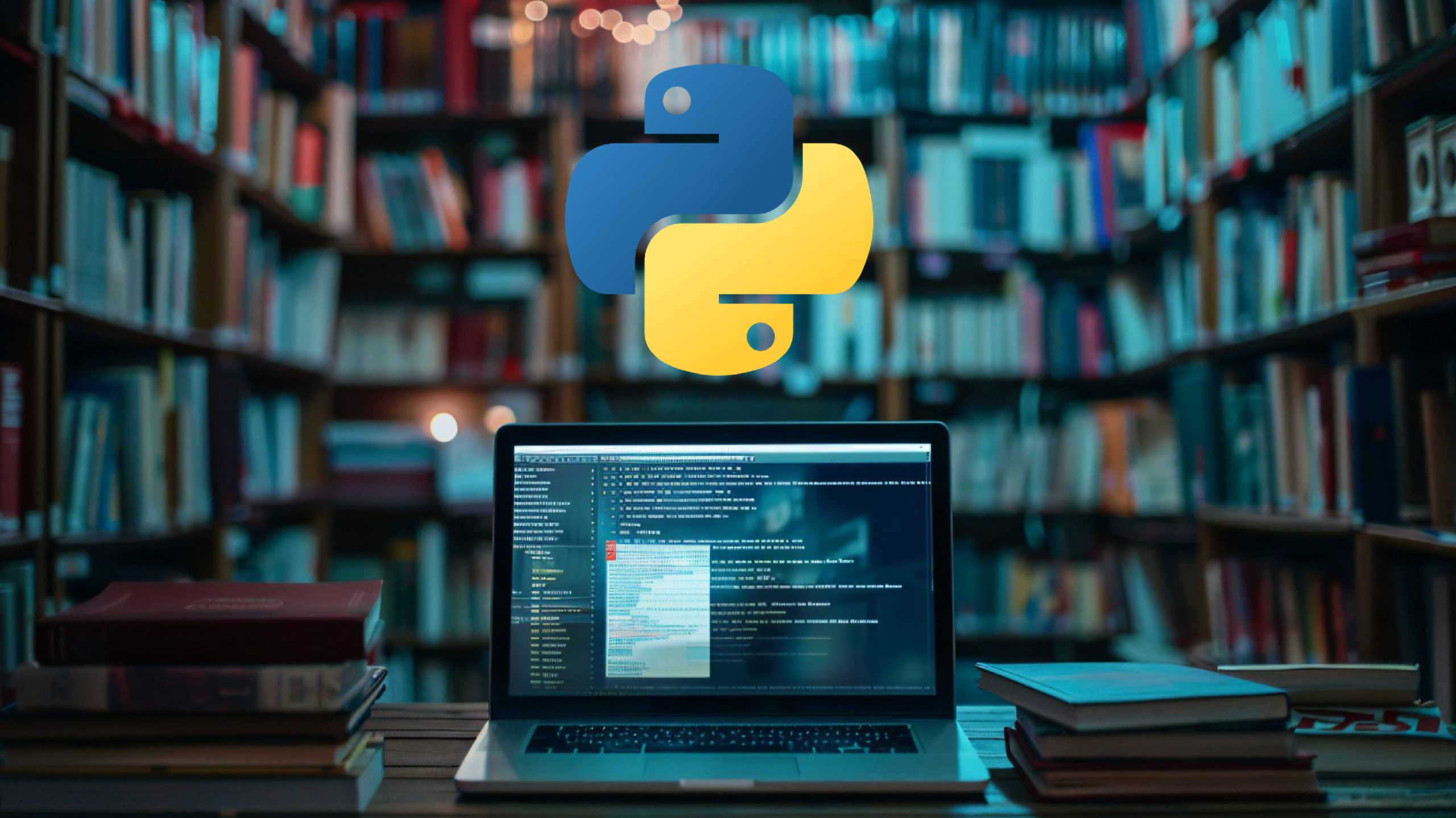Introduction
Python is a versatile programming language that offers a wide range of data structures. One such structure is a list, which allows you to store multiple values in a single variable. However, when performing complex mathematical operations or working with large datasets, Python lists may not be the most efficient option. This is where Numpy comes into play. Let’s learn how to convert Python List to NumPy Arrays.
Overview:
- Understand the benefits of converting Python lists to NumPy arrays.
- Discover how to convert Python lists into NumPy arrays using the numpy.array() function.
- Explore advanced operations on NumPy arrays.
Table of contents
What is NumPy?

NumPy is a powerful Python library that supports large, multidimensional matrices and provides mathematical functions to operate on them. Due to its efficiency and ease of use, it is used in scientific computing, data analysis, and machine learning.
Why Convert Python List to NumPy Arrays?
While Python lists are flexible and easy to use, they can be slow and memory inefficient when dealing with large datasets or performing mathematical operations. On the other hand, NumPy arrays are specifically designed for efficient numerical computations and can significantly improve the performance of your code.
By converting Python lists to NumPy arrays, you can use NumPy’s optimized functions and operations, resulting in faster and more efficient code execution. Additionally, NumPy arrays offer various benefits, such as memory efficiency, broadcasting, and seamless integration with other libraries.
Converting Python List to NumPy Arrays

Using the numpy.array() Function
The simplest way to convert a Python list to a NumPy array is by using the `numpy.array()` function. This function takes a Python list as input and returns a NumPy array.
import numpy as np
my_list = [1, 2, 3, 4, 5]
my_array = np.array(my_list)
print(my_array)Output:
[1 2 3 4 5]
Converting Nested Lists to NumPy Arrays
NumPy arrays can also handle nested lists, allowing you to create multi-dimensional arrays. To convert a nested list to a NumPy array, you can pass the nested list as an argument to the `numpy.array()` function.
import numpy as np
my_nested_list = [[1, 2, 3], [4, 5, 6], [7, 8, 9]]
my_array = np.array(my_nested_list)
print(my_array)Output:
[[1 2 3]
[4 5 6]
[7 8 9]]
Specifying Data Types in NumPy Arrays
NumPy arrays can store elements of different data types. By default, NumPy infers the data type based on the input values. However, you can also specify the data type using the `dtype` parameter.
import numpy as np
my_list = [1, 2, 3, 4, 5]
my_array = np.array(my_list, dtype=float)
print(my_array)Output:
[1. 2. 3. 4. 5.]
Reshaping NumPy Arrays
NumPy arrays can be reshaped to change their dimensions. This can be useful when you want to transform a one-dimensional array into a multi-dimensional array or vice versa. The `numpy.reshape()` function allows you to reshape NumPy arrays.
import numpy as np
my_array = np.array([1, 2, 3, 4, 5, 6])
reshaped_array = np.reshape(my_array, (2, 3))
print(reshaped_array)Output:
[[1 2 3]
[4 5 6]]
Combining Multiple Lists into a NumPy Array
You can combine multiple Python lists into a single NumPy array using the `numpy.concatenate()` function. This function takes a sequence of arrays as input and concatenates them along a specified axis.
import numpy as np
list1 = [1, 2, 3]
list2 = [4, 5, 6]
list3 = [7, 8, 9]
combined_array = np.concatenate((list1, list2, list3))
print(combined_array)Output:
[1 2 3 4 5 6 7 8 9]
Benefits of Using NumPy Arrays
Efficient Mathematical Operations
NumPy arrays are optimized for mathematical operations, making them significantly faster than Python lists. NumPy provides a wide range of mathematical functions that can be applied directly to arrays, eliminating the need for explicit loops.
For example, let’s calculate the sum of two arrays using both Python lists and NumPy arrays:
import numpy as np
list1 = [1, 2, 3]
list2 = [4, 5, 6]
sum_list = [x + y for x, y in zip(list1, list2)]
sum_array = np.array(list1) + np.array(list2)
print(sum_list)
print(sum_array)Output:
[5, 7, 9]
[5 7 9]
As you can see, NumPy arrays allow us to perform the addition operation directly on the arrays, resulting in a more concise and efficient code.
Memory Efficiency
NumPy arrays are more memory efficient than Python lists. This is because NumPy arrays store data in a contiguous block of memory, whereas Python lists store references to objects, requiring additional memory.
For large datasets, using NumPy arrays can significantly reduce memory usage and improve overall performance.
Broadcasting
NumPy arrays support broadcasting, which allows you to perform operations between arrays of different shapes. Broadcasting eliminates the need for explicit loops or array reshaping, making your code more concise and readable.
import numpy as np
array1 = np.array([1, 2, 3])
scalar = 2
result = array1 * scalar
print(result)Output:
[2 4 6]
In this example, the scalar value is automatically broadcasted to match the shape of the array, allowing us to perform element-wise multiplication without explicitly repeating the scalar value.
Integration with Other Libraries
NumPy arrays seamlessly integrate with other Python libraries, such as Pandas, Matplotlib, and Scikit-learn. These libraries often expect NumPy arrays as input, making it easier to work with them in your data analysis or machine learning projects.
Common Errors and Troubleshooting Problems When Converting Python Lists to NumPy Arrays
- Type Errors: When converting Python lists to NumPy arrays, you may encounter type errors if the list elements are incompatible with the specified data type. Check the data type of your list elements and adjust the `dtype` parameter accordingly.
- Shape Mismatch Errors: When performing operations on NumPy arrays, you may encounter shape mismatch errors if the arrays have incompatible shapes. Ensure that the dimensions of your arrays are compatible with the desired operation.
- Memory Errors: Working with large datasets using NumPy arrays can sometimes lead to memory errors, especially if your system does not have enough memory to accommodate the data. Consider optimizing your code or using techniques like chunking or memory mapping to overcome memory limitations.
- Indexing Errors: When accessing elements in NumPy arrays, remember the indexing rules. NumPy arrays use zero-based indexing, meaning the first element is accessed using index 0. Make sure to adjust your indices accordingly to avoid indexing errors.
Conclusion
In conclusion, converting Python lists to NumPy arrays can greatly enhance the performance and efficiency of your code, especially when dealing with large datasets or performing complex mathematical operations. NumPy arrays offer benefits such as efficient mathematical operations, memory efficiency, broadcasting, and seamless integration with other libraries. By following the techniques and examples provided in this article, you can easily convert Python lists to NumPy arrays and unlock the full potential of NumPy in your Python projects.
Frequently Asked Questions
A. Yes, you can add a list to a NumPy array using numpy.append() for concatenation or perform element-wise addition if their shapes are compatible. Example: np.append(array, list) or array + np.array(list).
A. A NumPy array is an efficient data structure for storing and manipulating numerical data in fixed-size, multi-dimensional arrays. It supports vectorized operations and broadcasting, which simplifies and accelerates mathematical computations compared to Python lists.
A. Yes, NumPy is generally faster than Python lists for numerical computations. NumPy arrays use contiguous memory blocks and optimized C routines, enabling quicker data processing and less overhead than the more flexible but slower Python lists.
A. NumPy arrays are better for numerical operations due to their speed and efficiency in handling large datasets. At the same time, Python lists offer more flexibility for diverse data types and general programming tasks. Choose based on the specific needs of your application.







